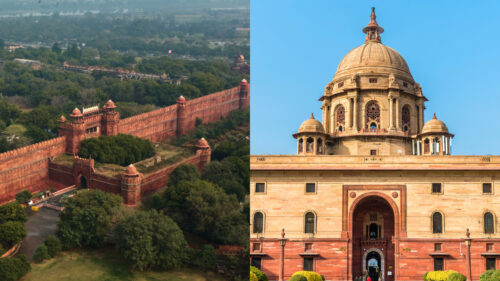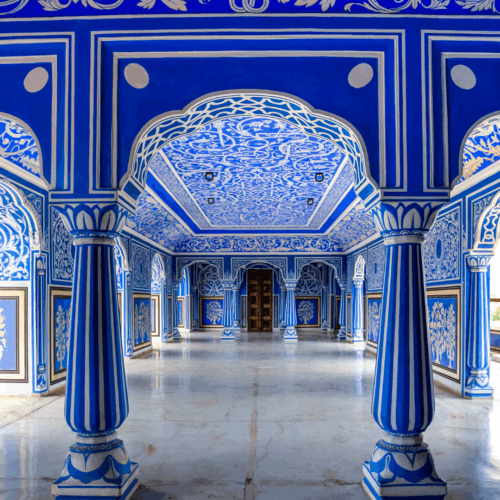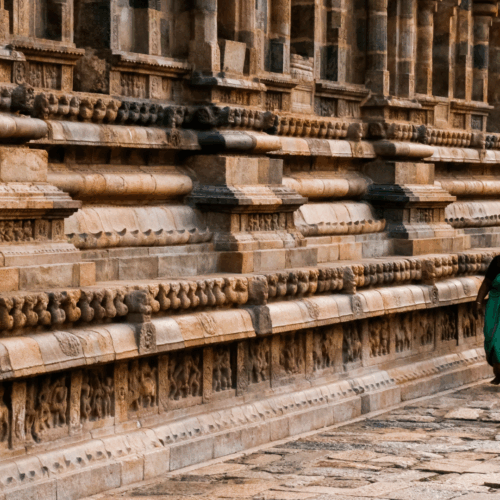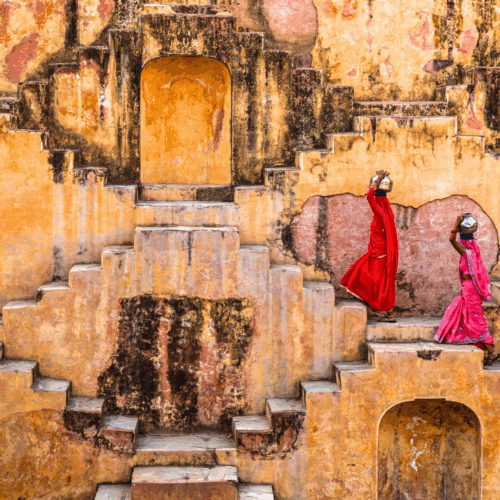In Delhi’s sprawling capital, two worlds collide: the spice‑scented alleys and Mughal marvels of Old Delhi, and the tree‑lined boulevards and avant‑garde culture of New Delhi. Join us as we move from cycle‑rickshaw rides through Chandni Chowk to candlelit dinners at Indian Accent—and discover why this city’s past and present feel so vibrantly alive.
The Enchanted Legacy of Old Delhi
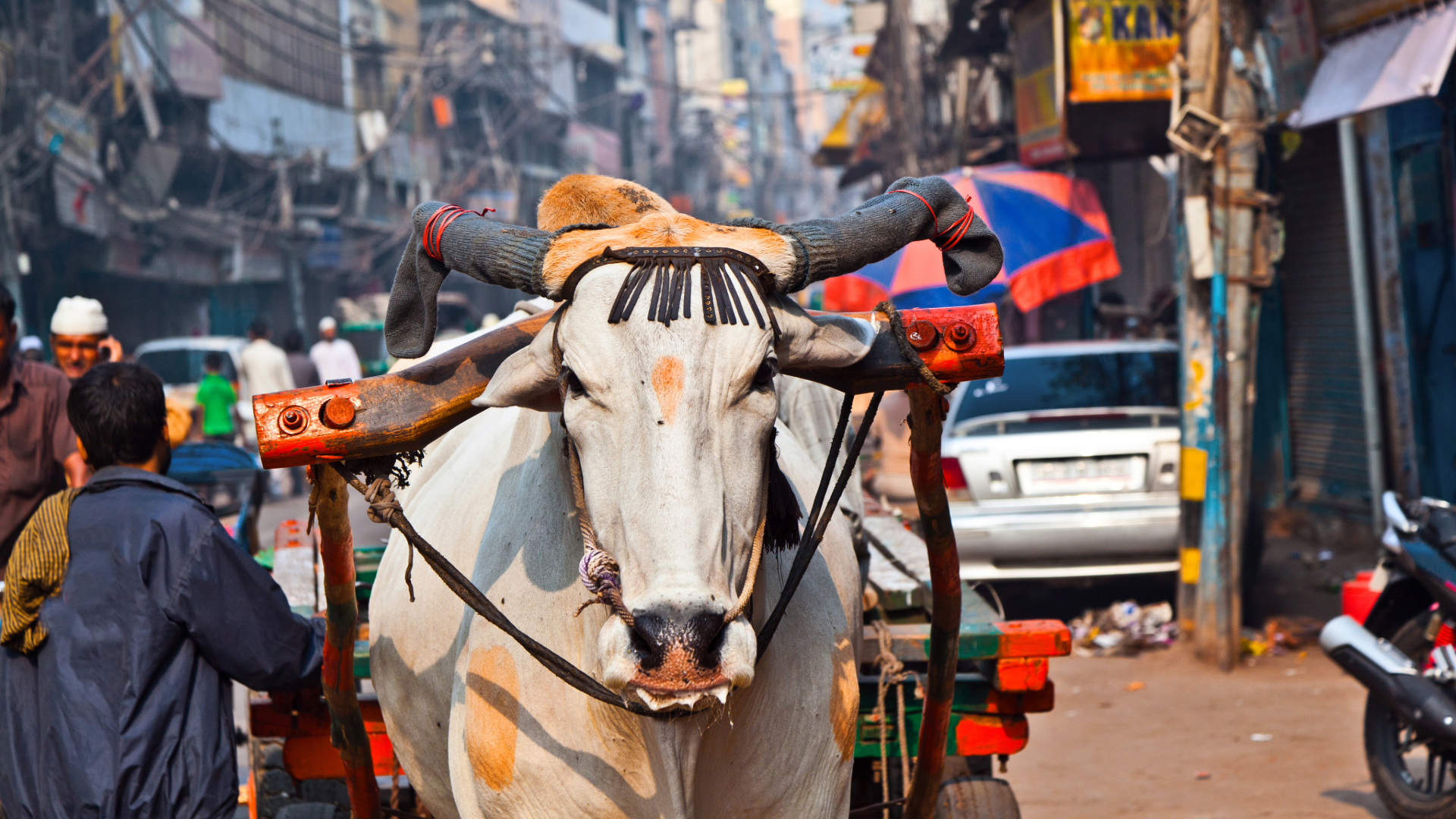
A casual sighting in the labyrinth of Old Delhi
Climb aboard our heritage rickshaw in Shahjahanabad and plunge into narrow lanes where steaming jalebi stalls vie with centuries‑old havelis. At a tucked‑away chai stall, a tea vendor shares his grandmother’s lore—that Chandni Chowk’s layout mirrors moonlit reflections, a nod to Jahanara Begum’s poetic touch. Around the corner, the red‑sandstone walls of Jama Masjid rise above the din, their arches framing the call to prayer as it ripples through saffron‑tinged air.
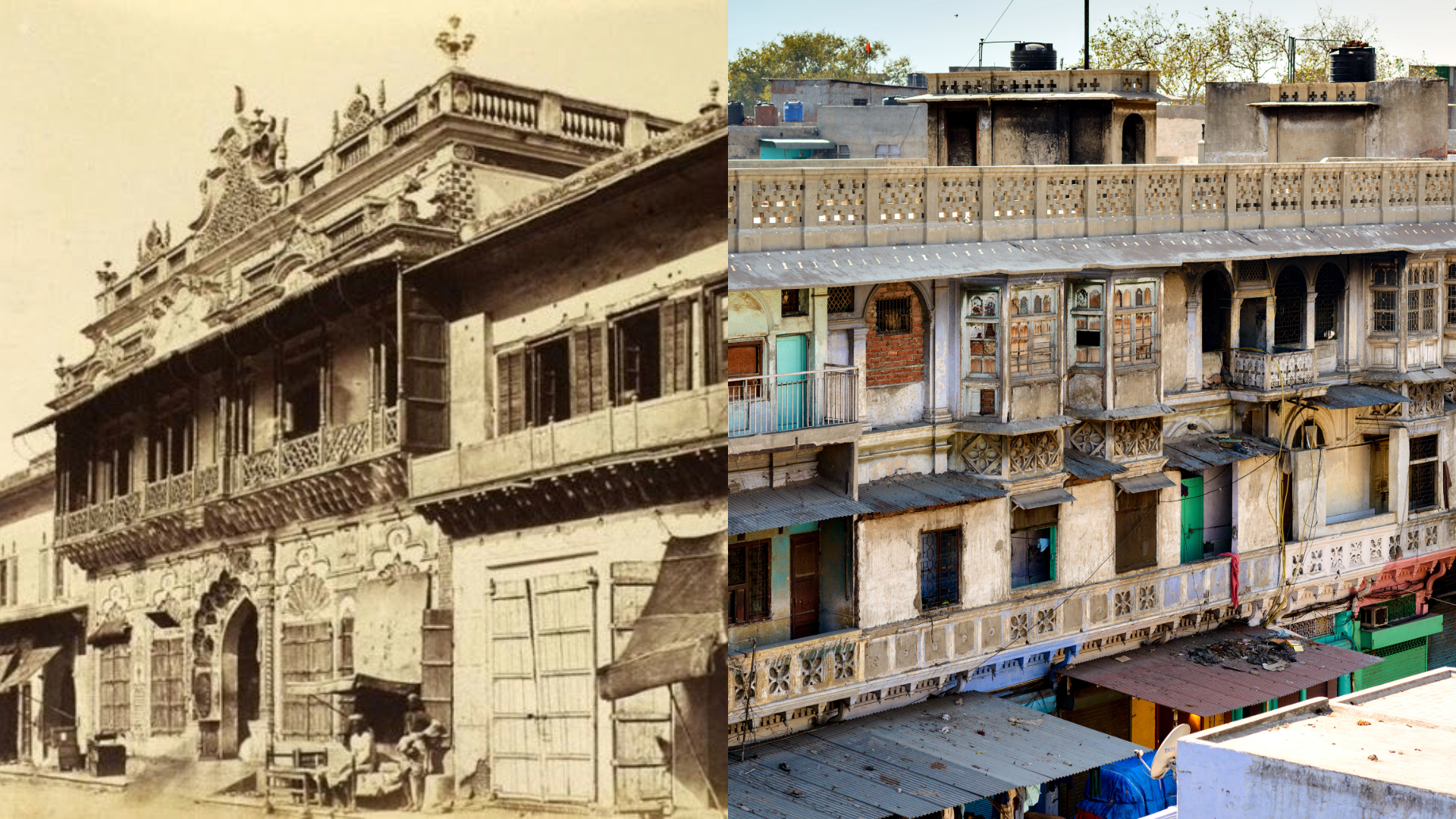
Shahjahanabad, Old Delhi: captured in 1858 & present day
Venture past the crowds to Nizamuddin Dargah, where qawwali troupes gather on Thursday nights under rose petals strewn across marble floors. Here, the devotional songs of Amir Khusrau still reverberate through moonlit gardens, inviting both pilgrim and passerby into a shared space of awe and devotion.
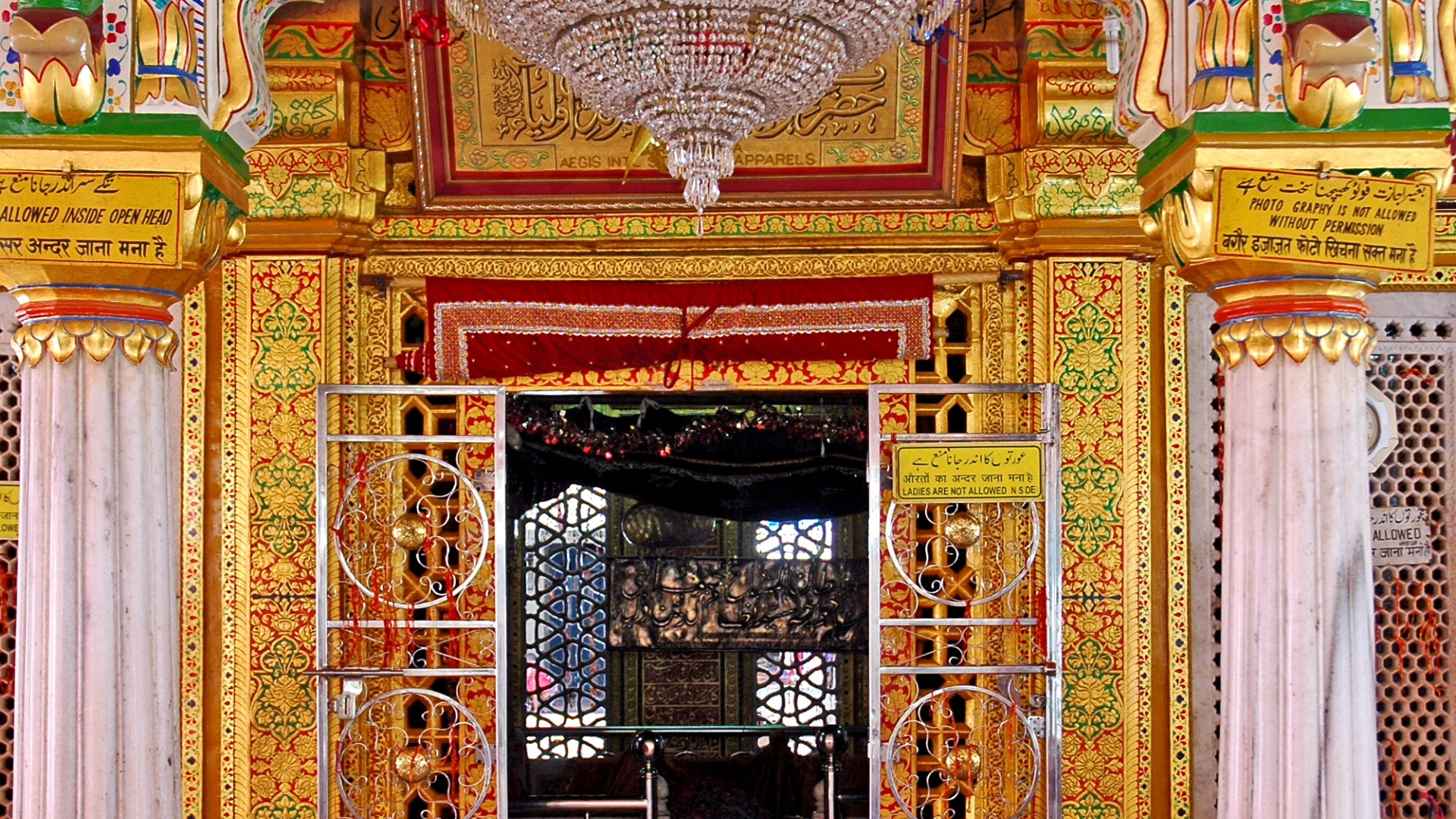
Nizamuddin Dargah: a living relic of day’s past
Living Museums of Mughal Majesty
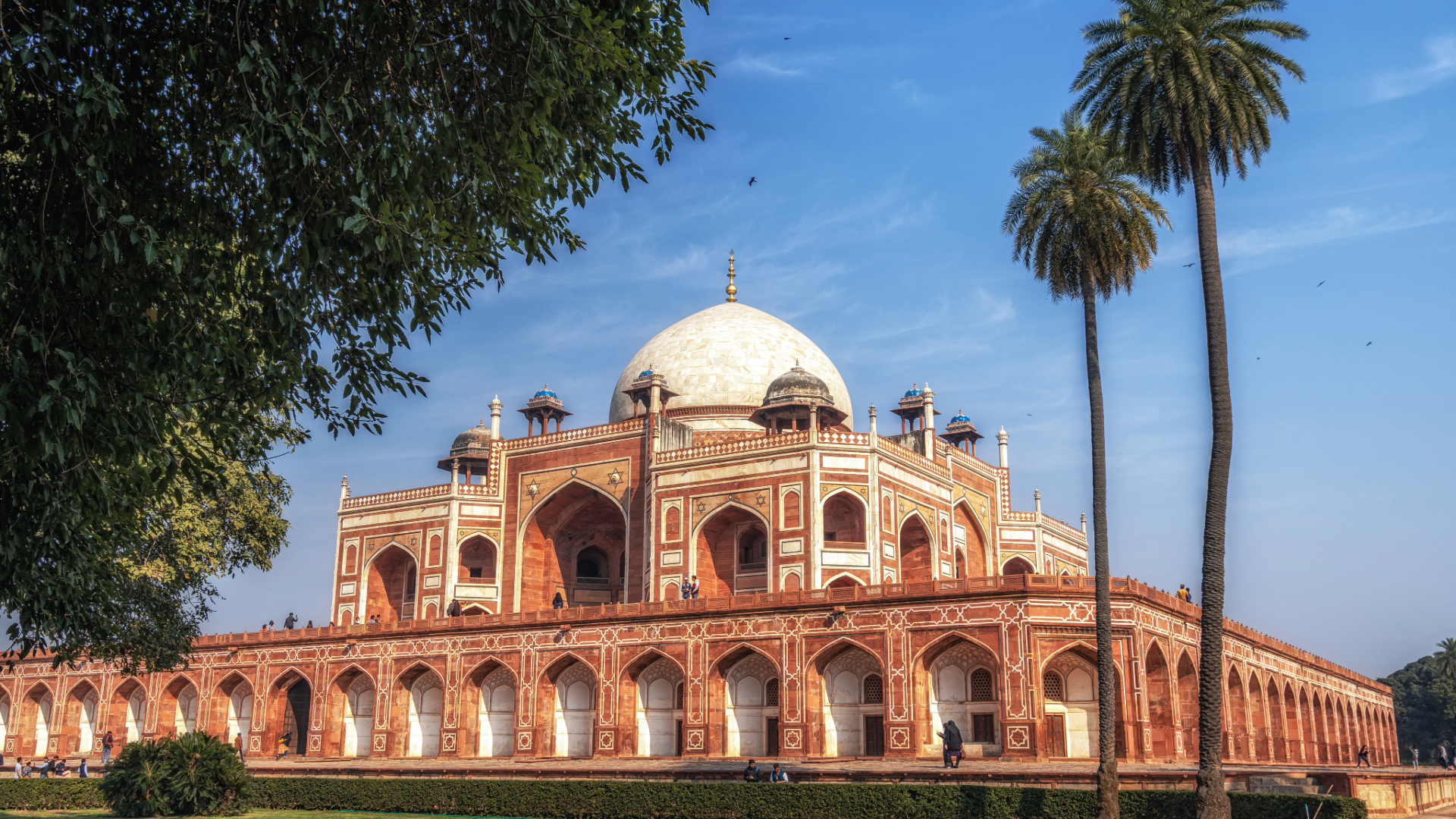
Humayun’s Tomb: the blueprint for the Taj Mahal
Humayun’s Tomb was the original grand statement of Mughal architecture, its charbagh gardens and intricate pietra dura inlay serving as the blueprint for the Taj Mahal. Today, you can slip beneath its plinth into India’s first sunken museum—where glass cases cradle 700‑year‑old inscriptions, tiles, and textiles that once adorned royal tombs. Walking these vaulted galleries, you feel the centuries whisper as much as the polished stone above.
The Contemporary Elegance of New Delhi
New Delhi doesn’t just wear its modernity—it celebrates it with flair. Beneath sweeping boulevards and colonial colonnades, the city hums with quiet confidence. At the Lodhi Art District, vibrant murals erupt across weathered walls, transforming Lodhi Colony into a canvas of bold expression and international imagination.
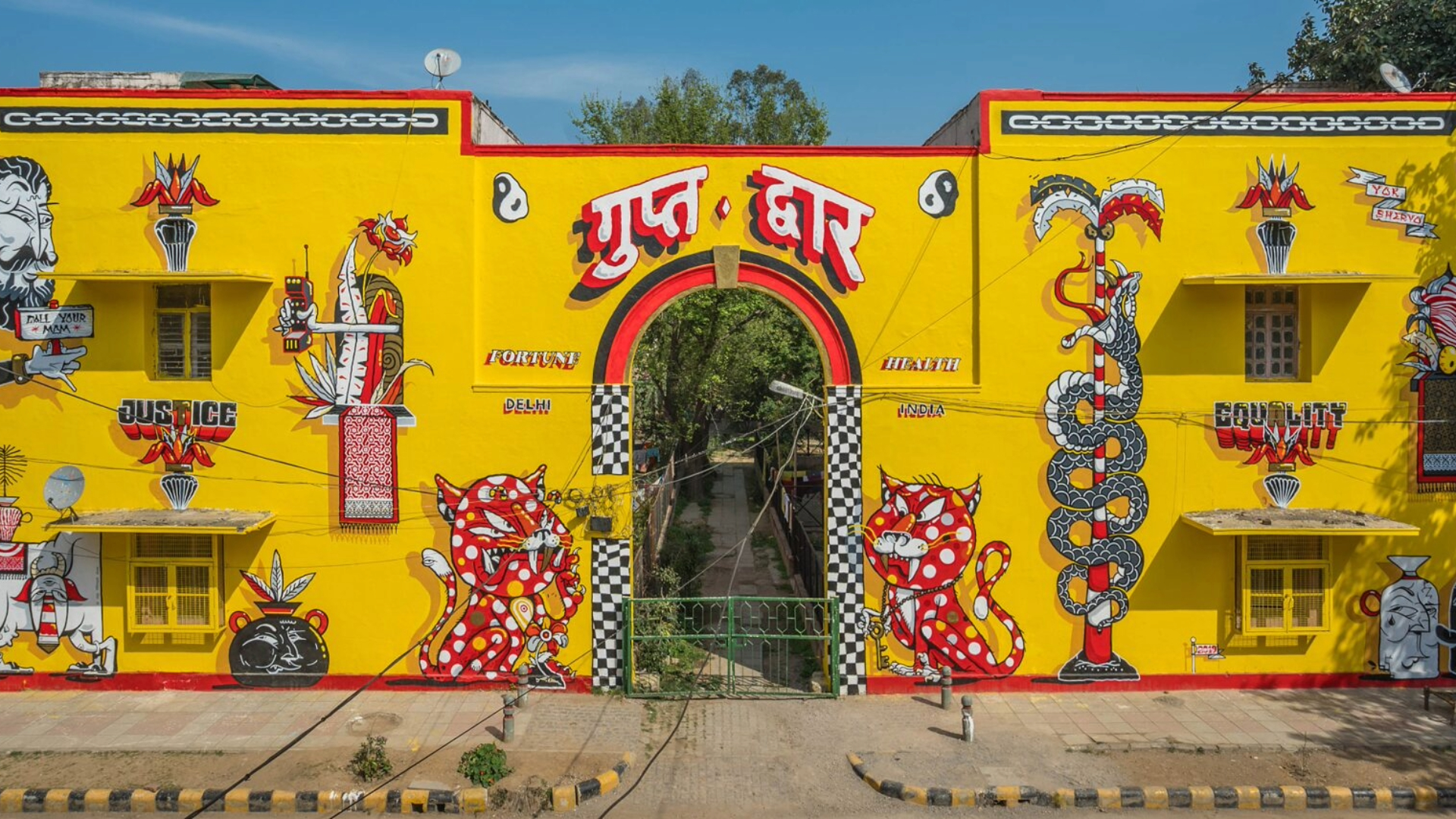
Yoksheryo’s art in Lodhi Art District, New Delhi
A few kilometers on, Indian Accent at The Lodhi delivers a theatrical tasting menu that plays with daikon, goat cheese, and tandoori spices—each course an unexpected twist on a classic. As you sip a signature toddy‑inspired cocktail, you sense how finely tuned this city’s modern scene has become.
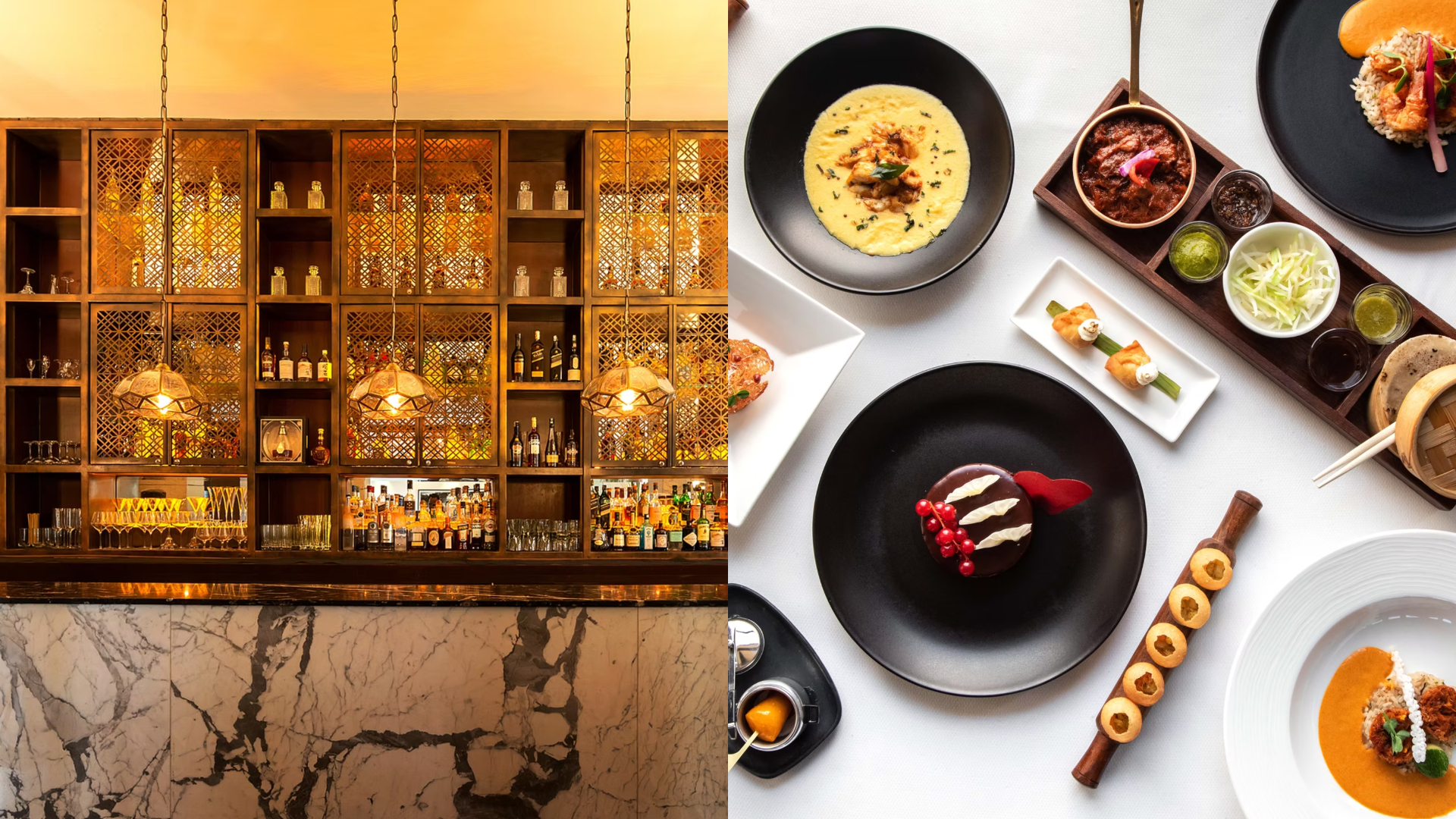
Dining at its finest: Indian Accent at The Lodhi, New Delhi
In shaded enclaves near Qutub Minar, Olive Bar & Kitchen invites you to pause beneath bougainvillea‑draped arches. Here, mango wood–fired grills and seasonal salads taste of the land just beyond the city’s edge, while soft jazz drifts through candlelit courtyards.
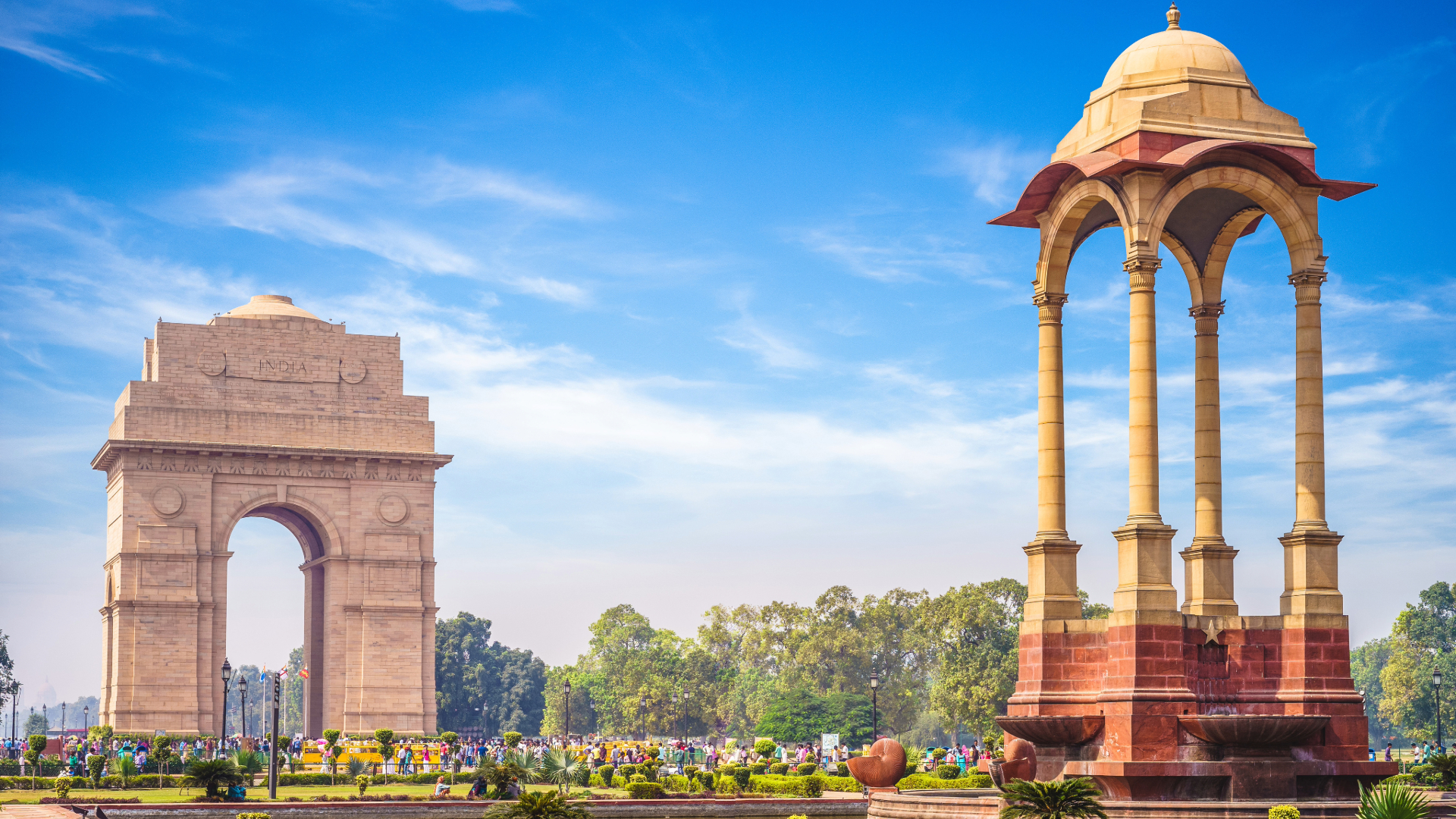
As you stroll along the majestic Rajpath, flanked by manicured lawns and shaded by neem and jamun trees, the imposing Rashtrapati Bhavan rises like a sandstone sentinel on Raisina Hill—its dome a perfect union of Mughal grace and European restraint. Ahead, the solemn silhouette of India Gate anchors the horizon, a memorial etched with the names of fallen soldiers and the quiet dignity of remembrance. Together, these landmarks reflect Edwin Lutyens’ grand vision: a capital where imperial symmetry meets Indian soul, and where every colonnade and cupola speaks of power, purpose, and poise.
Embracing the Duality
Old Delhi’s pulse is in its unscripted moments—steam rising off the flatbreads, the laugh of a vendor beckoning you closer, secrets traded over chipped cups of chai. New Delhi’s rhythm is deliberate: the hush of manicured lawns, the precision of haute‑cuisine plating, the hush of art‑gallery openings. Together, they form a mosaic of contrasts that only Delhi could compose
Step between these worlds and you’ll find that every spice, every stone arch, every curated dish is part of one grand, unfolding story—of a city that forever balances its storied past with its restless drive toward tomorrow
